Planning Your Webcast ? Here below are the useful webcast tips :-
1. Think Like a Live TV Producer: When you start webcasting you are basically creating a live television show. You need to think about your audience and ask yourself: Who is my audience? When will they want to watch my program? What do I need to do in the presentation to keep them from changing the channel? Do I need to make any changes in the introduction, content and wrap up to accommodate them? Etc.
2. Choose a suitable Date/Time that works for your virtual audience: If your are planning to have a live webcast to be seen by a large “live” audience than it is very important to air your webcast at a time when the largest virtual audience will be available. Don’t choose odd times and days.
3. Use Social Tools to Share Your Story: Use social tools to help your audience to tell their friends/colleagues about your webcast. Make it easy for them to email or tweet the links. Ask them to write about you webcast it in their blogs.
4. Create a Hash tag for Your Webcast. Use of Hash tags help you to form a community around your event by combining the buzz and user generated content on Twitter, Blogs, Flickr, YouTube, etc. Similarly, the hash tags will help people that are talking about your virtual session connect with each other and exchange ideas.
5. Assign Someone responsible to connect (tweet) the Virtual Audience with the Face2Face Audience: Having someone recap key points and tweet them to the virtual viewer’s helps them connect with your event. Also encourage this person to ask the virtual audience questions before and during the virtual event.
6. Computer Screen Showcase: Most webcast service provides either provide video + back-channel or the Video + slides in their webcast screens. Select a vendor that can integrate 2 of these 3 services on the screen . When you find a vendor that can integrate more than two services –please tell me!!
7. Settingup a Back-channel: Virtual participants need to lean over and whisper comments to their neighbour, too. So, use a back-channel to help them chat. This could be through the Hashtag or a private chat. If this is a commercial conference or an association conference – please use Twitter as part of your solution. It is much easier for everyone.
8. Use fixed Camera/Webcam:A webcam is fine for webcasting sessions with people standing in a stationary position. If you are planning to webcast an event with a lot of peoples involved it is advisable to use a professional camera. Stay away from the auto-rotating webcam as they are more distracting than helpful.
9. Screen content placement: If the webpage screen will be broadcasting slides and videos please make sure that the virtual audience can see that content of the screen clearly. Commonly it is seen that slides embedded on the screens next to the video or sometimes offered as downloadable resources.
10. Introduction: In a single webcast session, it is important to introduce all speakers, leaders, characters, etc that will be taking part in the session to your virtual audience. This way your virtual participants will get familiar with the rituals and customs of your organization or your event.
11. Include your Virtual Audience in Q/A session: include the virtual attendees in the question and answer portion of the session. This way you ensure that their ideas and points of view are valued.
12. Include a Back-channel Comments on a Video Screen: Include a space to show the audience comments on the screen.
13. Conclusion and Wrap-up: Make sure to plan plenty of time to properly wrap-up and conclude your virtual session. Thank everyone for attending & share next steps, etc. This might sound apparent but in several webcasts this did not happen. This ensures that you would not starting your “Thanks for coming” in the middle of answering questions. If that happens it looks really bad to the virtual audience.
14. Plan Seating, Podium and Stage Placement: Spend some time planning your seating, podium, backdrop, etc. Try to visualize with the camera. In your webcast you surely don’t want the speaker darting in and out of the camera view. There should not by any objects in the line of sight of the camera that will distract online viewers. Also, you might want to give your speakers instructions of where to stand/walk so their movements do not distract online viewers.
15. Keep your A/V provider in loop: If there is a separate A/V professionals handling audio and video setup of the event – be sure to use them as a resource when planning your webcast and had a meet up of your webcast team with them so that they can share the knowledge and requirements from each other. Here your webcast team can use the audio/video feed from their existing setup rather than placing parallel setup. This is economical as well. You might not need a lot of help, but by keeping them in the loop – you might avoid some simple mistakes.
16. Archive Video of the Session: There might be possibility that people that joined late may want to watch the portion of the presentation that they missed. So by offering the archive immediately, they can do this while they are thinking about your event. Others will want to tell their friends about the webcast that they missed. Having the archive immediately available helps your participants spread the message of your awesome webcast.
17. Archive the Back-channel Discussion for Future Review:. By archiving the back-channel you create another educational resource for participants to use.The Back-channel will contain questions, comments, new ideas and additional links to resources.




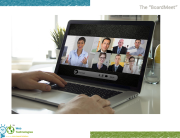
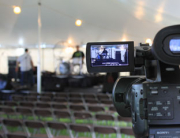


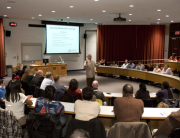


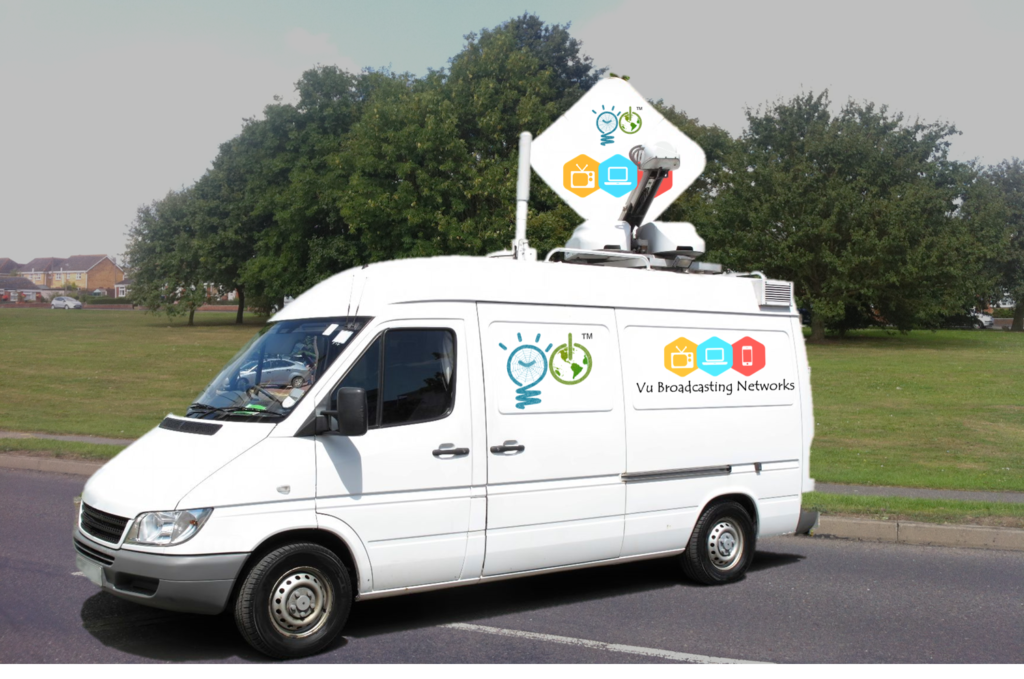
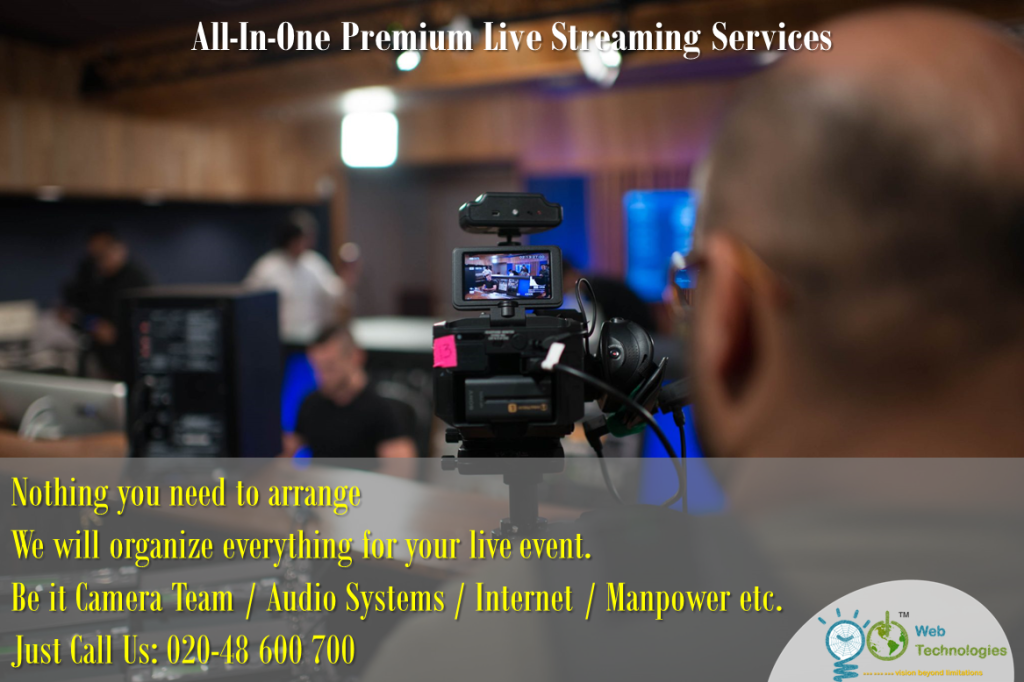
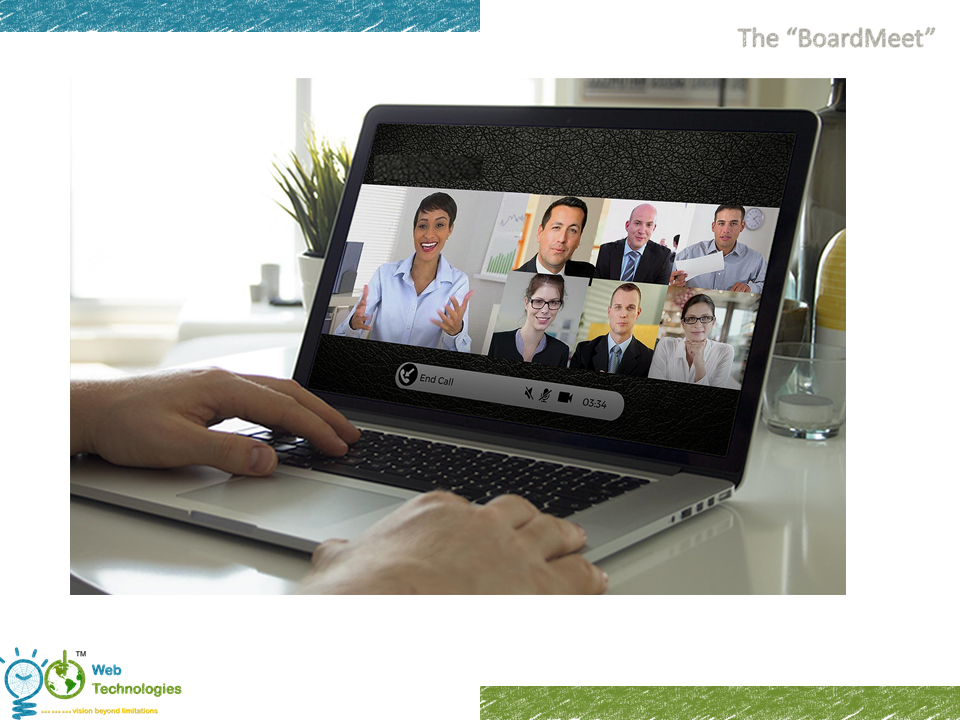


Nice piece of information Mr Shyam Gupta.
Thank you Mr. Rajesh